Environment Support Group (ESG) has renewed its efforts to protect the Turahalli Minor and Reserve Forests in Bengaluru, the latest threat to which has come in the form of a proposal to convert the forest into a tree park. This “tree park” idea is part of the “Bengaluru Mission 2022” Plan promoted by the government.
Brief History of the Forest
Turahalli Gudda, as this forest has always been known, is an amazing rocky and biodiversity rich landscape located on the southern edge of Bengaluru. It’s most interesting assemblage of boulders has served as a regular practice site for rock climbers, several of who have gone on to achieve greater feats, including scaling several peaks in the Himalayas and elsewhere.
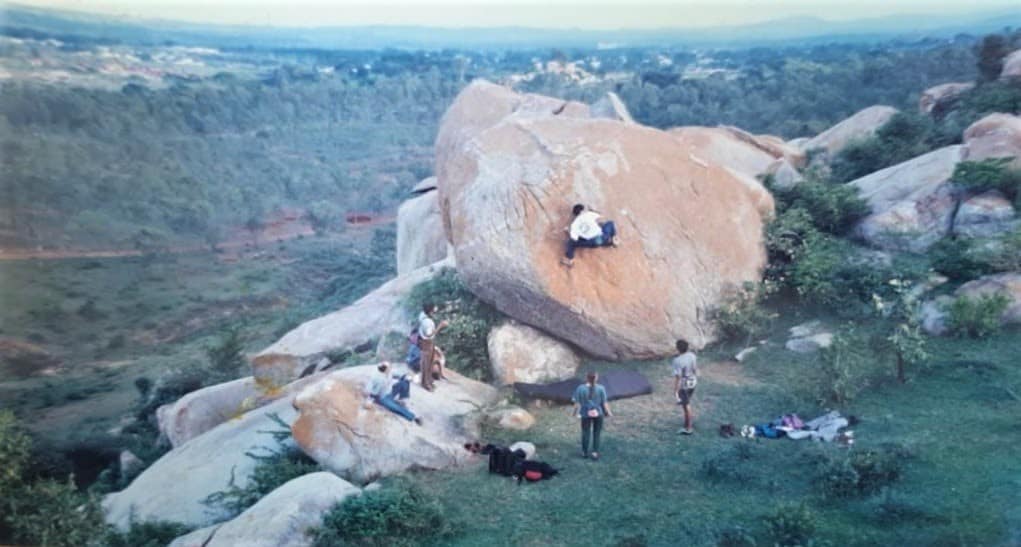
The space has always been a welcoming landscape for various naturalists, as it is highly accessible to the sprawling metropolis of Bengaluru. The Birdwatchers Field Club of Bangalore, pioneered by India’s leading naturalists such as Dr Joseph George and Zafar Futehally, contemporaries of the world-renowned ornithologist Dr Salim Ali, have had a long tradition of organising birding outings at Turahalli from the mid 1980s.

In subsequent decades, climbers and bird watchers, with support from the Forest Department and various public spirited persons, undertook planting of trees indigenous to semi-arid areas. In addition, bunds were created to slow down hill streams so that soil moisture would improve. Further, water-holes were created and water was supplied to these holes in summer months – to support wildlife.
All these efforts resulted in the forest maturing into a thickly wooded area. Birding records reveal over 120 species of birds, both local and migratory, are found in Turahalli, making it a spectacular landscape for birdwatching and environmental education.
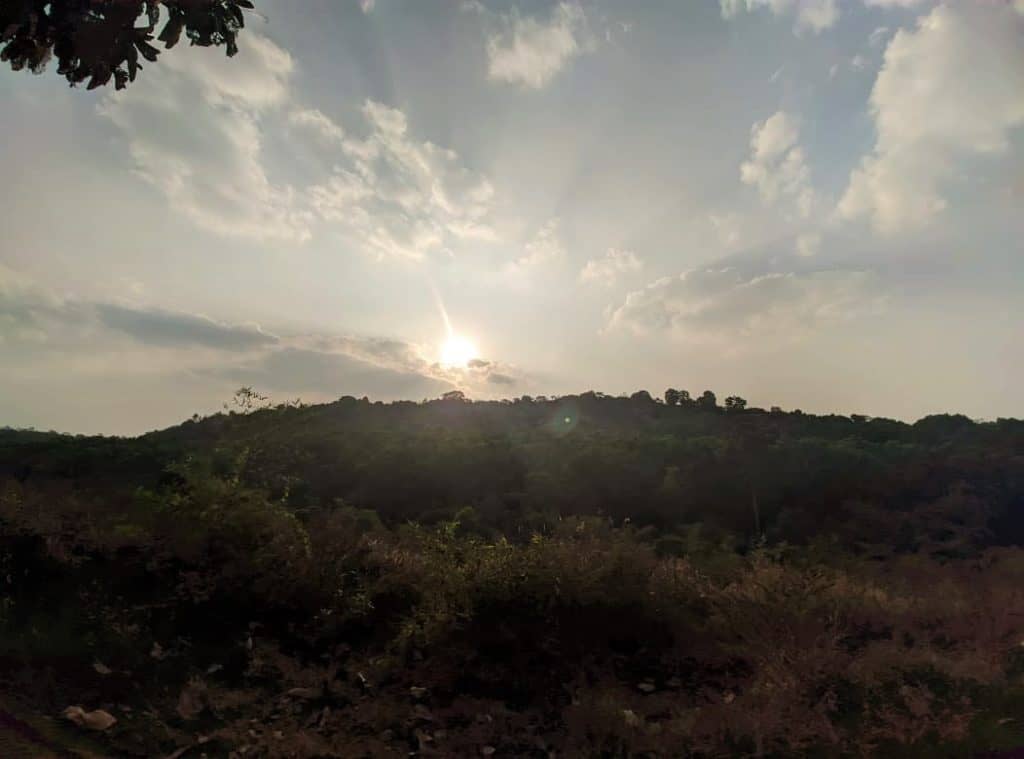
Protecting Turahalli
Way back in 1994, climbers led by Dr T Venkatesh, then President of SPARK (Society for Promotion of Adventure and Rock Klimbing), proposed that this area should be protected jointly with local villagers and the Forest Department, so that “it would prove as one of the finest lung spaces for the city apart from providing enough recreational activities and a healthy sport of rock climbing especially to our youth.”
The idea found support with then Forest Chief Gaonkar D S who agreed to “take up activities to preserve the hill and the rocks and also to declare the hill as the rock climbing centre by the department”. This forest department, however, never followed up on this commitment.
However, SPARK, in collaboration with the Karnataka Mountaineering Association, persisted with their efforts to protect and conserve Turahalli as a fundamental learning space for rock-climbing. In 2003 the organisations even petitioned the Land Acquisition Officer, Bangalore Development Authority to not acquire this landscape, as there was a real possibility that this parastatal agency would the raze the forest to the ground and turn it into a residential and commercial layout. This also indicates the weak position the Forest Department has when it comes to protecting forests.
A year later, ESG joined cause to protect Turahalli and filed representations with the Kaggalipura Range Forest Officer. ESG also extended cooperation to ongoing efforts to prevent encroachment, and to assist in initiating criminal action, even if the encroacher was Bangalore Development Authority.
These steps by ESG helped initiate police action against some private developers who were attempting to grab this forest for real estate purposes. All this propelled the Forest Department to undertake surveys of the forest, and define its boundaries.
In a move that can be now considered ecologically unwise, the Forest Department in an effort to ‘green’ this forest, chose to plant exotic eucalyptus and acacia.
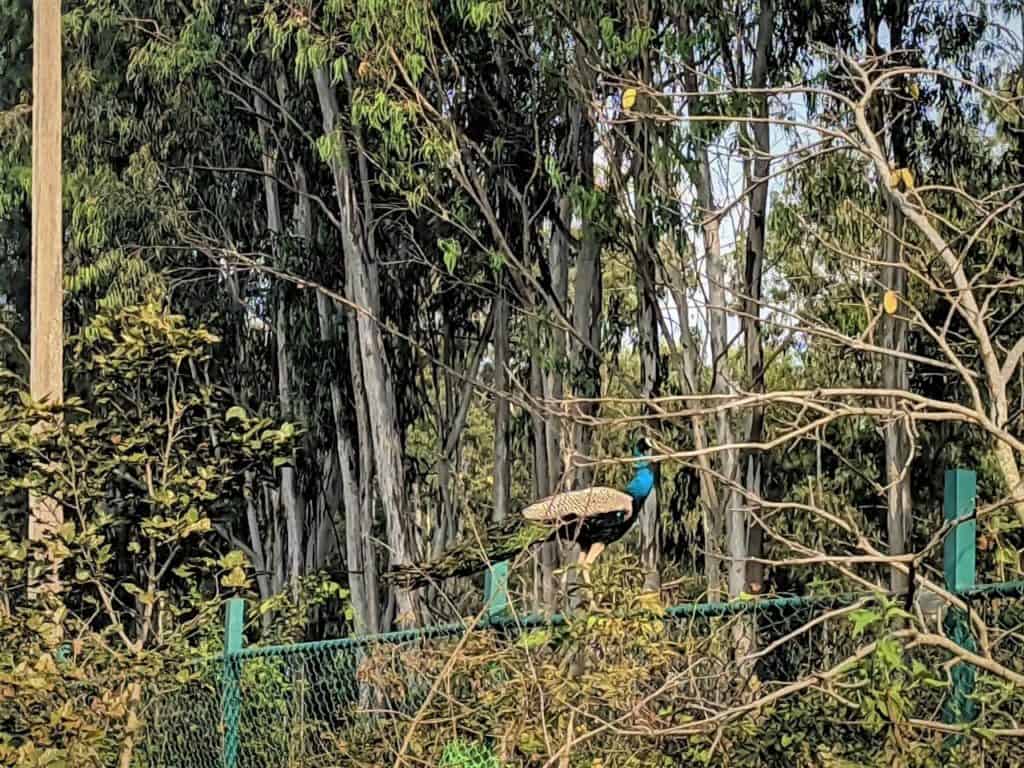
In subsequent years, climbers and birdwatchers worked with the Forest Department to ensure the area was protected from encroachment and garbage dumping, and to also tackle forest fires. Many helped in building water holes, planting indigenous trees, cleaning the forests from time to time, etc.
About this time, a tiny temple which existed on one of the hills in Turahalli was expanded by private people. This drew widespread opposition. The Forest Department was petitioned to disallow such illegal structures from coming up inside the forest.
But, in a shocking development, a senior forest officer was found to have sponsored the establishment of another new temple inside the forest. ESG’s immediate action against such illegal grab of forest land – for religious purposes – by drawing the attention of the Director-General of Forests, forced the Karnataka Forest Department to act immediately: the temple was removed overnight.
[However, efforts to grab forest land for religious and real estate purposes appear to persist over the years.]
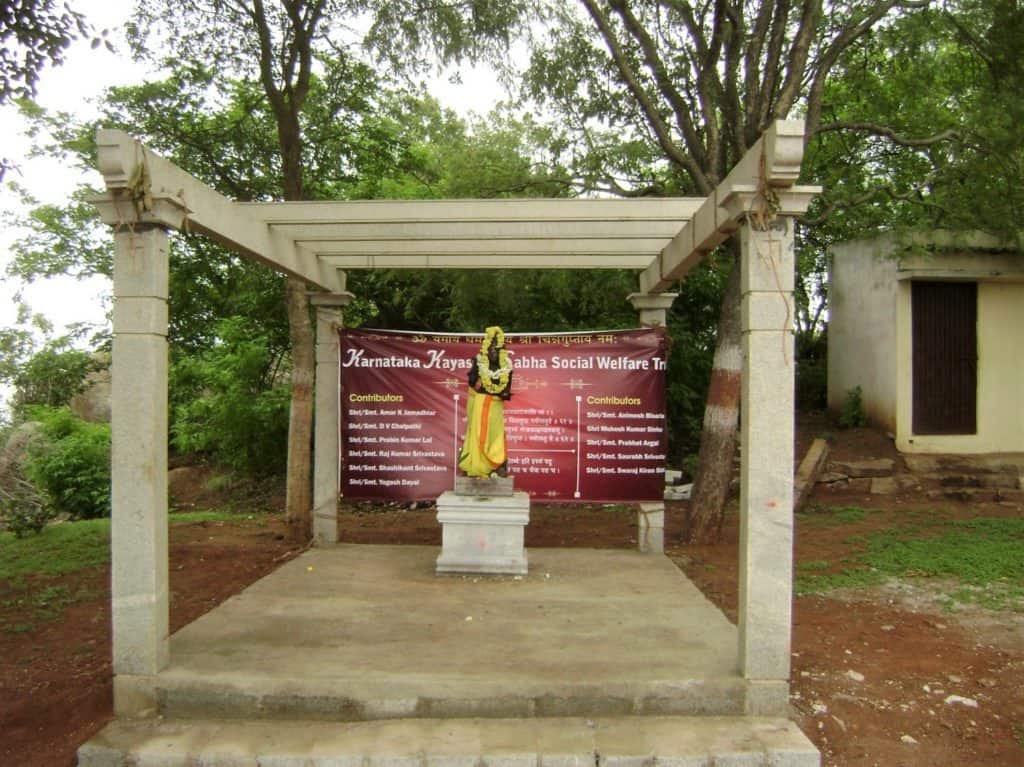
An Urban Forest Committee for Turahalli
In October 2012, ESG worked with local communities, representatives of various rock climbing organisations, bird watchers, naturalists, etc. in proposing the constitution of an Urban Forest Committee for Turahalli under the Joint Forest Planning and Management Scheme.
Appu Rao, IFS, the then Deputy Conservator of Forests, Bengaluru Urban, and Nagaraj, KFS, the then Range Forest Officer (Kaggalipura Range), took forward this proposal and constituted the first ever Urban Forest Committee in Karnataka for Turahalli Minor Forest by conducting the first meeting at Turahalli on October 13, 2012.
This committee comprised representatives from the local public, the Forest Department, conservation experts and those enjoying traditional rights in the forest. Mr Leo Saldanha from ESG served as its Chairperson.
The idea was to ensure the forest is protected without restricting enjoyment of its educative, aesthetic and recreational values, and also as a site of rock climbing. However, despite several efforts over the years, the Forest Department has not activated the committee.
Read more: Body to protect Bengaluru’s biodiversity revived, but can it help?
Subsequent Protection Efforts
In 2013, Turahalli became a site for massive dumping of solid waste. ESG raised this issue before a Division Bench of the Karnataka High Court as part of its ongoing PIL about solid waste management (WP No. 46523 of 2012).
The Court took note of the mess, which precipitated clean up action from the BBMP and the Forest Department, which deployed more staff to protect the forest (order dated 27 May 2013 in WP No. 46523 of 2012).
Around this time, the Government of Karnataka was also considering transforming Turahalli into an adventure sports destination under Jungle Lodges and Resorts. Such efforts to commercialise and commodify Turahalli forest have been made several times subsequently.
In each and every instance, ESG has worked with climbing and birding communities to convince the government against such ill-thought moves. In 2019, a road was also built inside Turahalli forest, purportedly to protect it. This drew massive public outcry. Alongside, the forest was made off-limits to rock climbers, bird watchers, and other naturalists.
ESG has been making efforts to bring together citizens and forest officials to develop a comprehensive strategy to protect and rehabilitate the forest, and ensure its wise and responsible use. Efforts are also being made to revive the Urban Forest Committee.
A detailed representation was also submitted to Mr Poonathy Sridhar, IFS, Principal Chief Conservator of Forests, Karnataka Forest Department, on 29 May 2019 on the basis of wide public consultations. The key strategy promoted was summarized as follows:
All Turahalli needs is gentle care, some more water holes, careful and planned extraction of the exotic tree (Eucalyptus in particular) and replacing them with endemic trees and shrubs that provide food and shelter for birds, insects and wild herbivores. Seasonal attention could be paid to ensure fire lanes are created and lantana and parthenium (now very rare) are removed, so grasses and local shrubbery have a chance. Birds are great planters of the forest, and with our careful support for the forests’ self-regenerative capacity, Turahalli (both minor and reserve forests) can be an example par excellence of how a concerned and nature sensitive public can assist forest to weave through urban areas. If we succeed in Turahalli, we could help revive the raja kaluves as green ribbons crisscrossing the city, acting as wildlife corridors and also cleansing the flowing waters (now rendered dirty by sewage and industrial effluent inflows) so our lakes can spring back to life. Such a future for the Bengaluru metropolis can be envisaged if as the concerned public we are encouraged to work with Karnataka Forest Department and Bruhat Bengaluru Mahanagara Palike in conservation and rehabilitation of Turahalli as a forest that is teeming with wildlife and is also an educative space. This we owe ourselves and generations to come.
The itch for a mere ‘tree park’
In 2011, the Forest Department had decided to convert Turahalli into a ‘tree park’, and the project was also inaugurated by the then-Chief Minister of Karnataka, DV Sadananda Gowda. However, owing to massive public resistance, the proposal was dropped. Instead, the 32 acres of forest land that had been encroached by the Bangalore Development Authority was recovered, and the Forest Department turned that into a tree park — with gazebos.
Read more: Why has the ‘tree park’ plan in Turahalli forest irked Bengaluru?
As in 2011, now too, in 2021, Turahalli has become a site of major controversy as the Government of Karnataka proposes to turn it into a “tree park” again as part of Bengaluru Mission 2022.
As part of this initiative, the Forest Department has developed a proposal to strengthen tens of kilometres of footpaths in Turahalli, build gazebos, create sand play areas for kids, introduce yoga centres, build open air gymnasiums, and also introduce ticketed entrance into the forest.
This proposal, promoted by the Bangalore Urban Division of the Karnataka Forest Department, includes budgetary support to expand a temple that has come up inside the forest.
Reimagining Turahalli for Posterity
ESG brought widespread public concerns and opposition to the tree park proposal in a meeting organised with the Mr Sanjai Mohan, IFS, the current Principal Chief Conservator of Forests at Aranya Bhavan, the Forest Department headquarters, on February 3, 2021.
This meeting was attended by representatives of a range of organizations, which included rock climber associations, resident welfare associations, and environmental education initiatives.
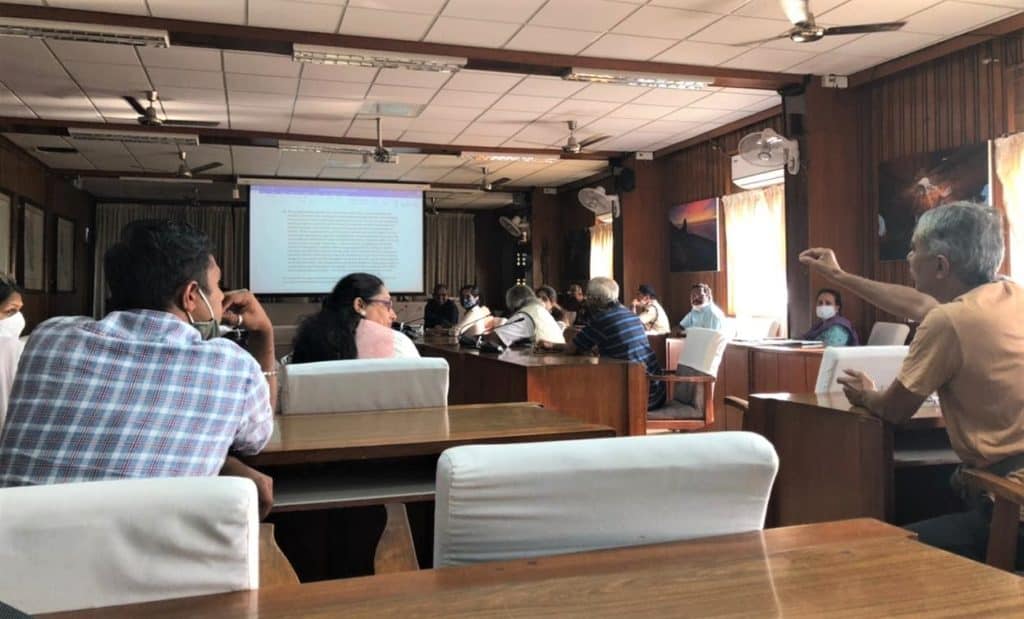
In this meeting, concerns were raised about the Forest Department’s promotion of a tree park in a forest area, which amounts to promoting non-forest activities – prohibited without Central Government consent as per the Forest (Conservation) Act, 1980.
It was highlighted that developing tree parks, in any case, is an activity that should be promoted by the Horticulture Department and municipalities – in this case Bruhat Bengaluru Mahanagara Palike. Participants enquired why the civic agency and the Forest Department had not made efforts to develop tree parks in pockets of land which are designated for such land use as per the Comprehensive Development Plan for the Bangalore Metropolitan Area.
ESG has brought to the attention of the Forest Department that as per the recommendations of the Laxman Rau Committee to rejuvenate Bengaluru’s lakes (accepted by the State Government in 1988), lakes which have lost the capacity to function as wetlands were to be turned into tree parks and not diverted to any other purpose.
For example, Jaraganahalli Lake on Kanakapura Road (which is now used to dump waste and park sand lorries) could be a candidate for a tree park. Similarly, there are several large areas designated for parks across the city which could be turned into tree parks.
The idea is to ensure that forest areas are allowed to function as natural ecosystems, and not to turn them into ornamental spaces bereft of natural biodiversity.
Read more: Who should govern Bengaluru’s lakes — the government or the community? Or both?
Besides protecting forests in urbanised setting, ESG has also advocated that urban greenery must be improved in ways that maximise their biodiversity potential. This, so that wooded areas are made accessible in every ward of the city.
Such a method would not only make existing forests accessible for site-specific activities such as bird-watching, environmental education, natural history, bouldering, etc., as is the mandate of the doctrine of Public Trust, but would push civic agencies and the Forest Department to re-imagine their approaches and work with Ward Committees and local communities to re-green Bengaluru everywhere.
This is a task that demands the attention of the public, every agency of the state and also BBMP. In this manner, Bengaluru and all cities of Karnataka could be greened in ways that would enhance public health and environmental health needs of all, and not only of those who have the privilege of living near a forest.
Read more: India urgently needs urban forests. What’s stopping us from creating more?
In this regard, on 11 February 2021 ESG joined a delegation of Forest officials and representatives of Save Turahalli to meet with Mr S T Somashekhar, Karnataka Minister of Cooperation, who is also the MLA of Yeshwanthpur constituency in which Turahalli falls. The Minister said that he would soon visit Turahalli with the Karnataka Forest Minister, Arvind Limbavali soon, to discuss with the public how to move forward positively and progressively.
ESG is highly hopeful that prevailing restrictions on accessing Turahalli — an amazing landscape for birding, natural history, bouldering and such other activities that constitute “wise use” of the forest — will find support from the government.
[This article was first published on the website of Environment Support Group (ESG) and has been republished with edits. Read the original article here.]
A suggestion – Pls do consider writing more concise articles with main points highlighted. Am an avid reader but lost the plot after having read 3/4th of the article. It will help more people get crux of what is being said faster.